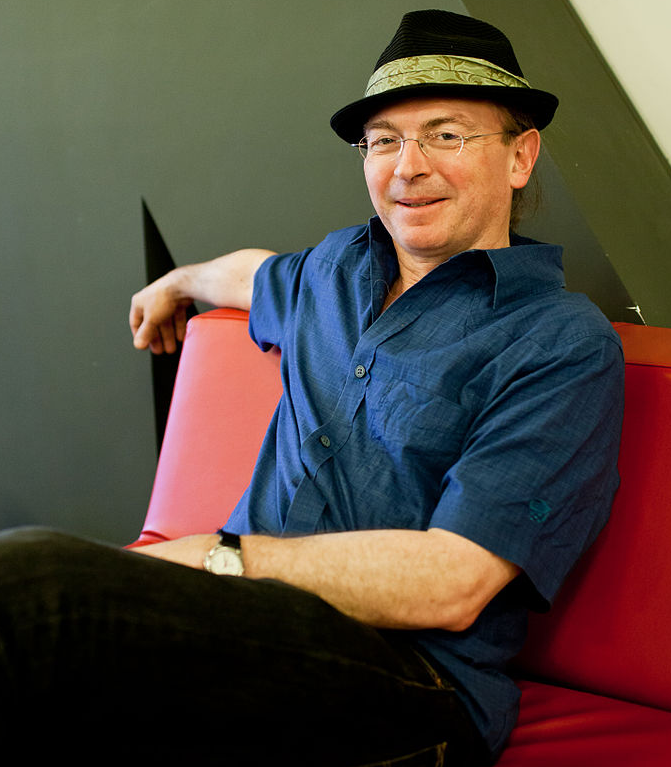Brian Greene & Seth Lloyd: When Quantum Mechanics Collides with Human Intuition

Insider Brief
- Quantum computing pioneer Seth Lloyd discussed the potential and challenges of quantum computing at the World Science Festival, highlighting its foundation in quantum mechanics, where qubits can exist in multiple states simultaneously, offering the potential for exponential computational power.
- Lloyd emphasized the challenges of quantum computation, particularly the need for quantum algorithms to guide quantum states constructively to produce useful answers, cautioning against overstating the current capabilities of quantum computers.
- While quantum computing has vast potential applications in areas like AI and material science, Lloyd remains cautious about its timeline, suggesting that fully realizing its potential could take decades, if it succeeds at all.
For the last five years, The Quantum Insider has tried to navigate the fine line between the hype and reality of quantum computing. Sometimes we have done it well; at other times, less so. However, with promises of exponential speedup and radical breakthroughs, quantum computing has been lauded as a technology that could change science and industry. But is the hype justified, or is the reality more nuanced?
That’s a question, yes?
To explore this, quantum computing pioneer Seth Lloyd joined Brian Greene at the World Science Festival for an intimate discussion into the principles, challenges and future of quantum computation.
Lloyd, a professor of mechanical engineering at MIT, began by framing the discussion around Richard Feynman’s famous observation: “If you want to make a simulation of nature, you’d better make it quantum mechanical, because that’s how the world really works.” This idea provides a foundational rationale for quantum computers, which are designed to leverage the fundamental principles of quantum mechanics to perform calculations far beyond the reach of classical machines.
Quantum mechanics, as Greene and Lloyd discussed, operates in ways that defy our everyday understanding.
“Quantum mechanics and the human brain have always been at odds with each other,” Lloyd remarked. He elaborated further that the counterintuitive nature of quantum behavior — such as particles being in multiple states simultaneously — lays the groundwork for quantum computers. Unlike classical computers, which operate on bits (representing 0s or 1s), quantum computers use quantum bits, or qubits, that can exist in both states at once. “If you have a qubit that’s both 0 and 1, it’s adding two numbers at once in a weird quantum way,” Lloyd explained.
The discussion quickly moved to the much-hyped potential of quantum computers. With quantum parallelism, these machines can explore many possible solutions simultaneously, offering enormous computational power. However, Lloyd cautioned against overstating the impact.
“If you just measure the qubits randomly, you’ll get some random answer that’s not useful,” he said. The real challenge lies in designing quantum algorithms that guide these quantum waves to interfere constructively, suppressing incorrect answers and amplifying the correct one. “You have to make all these possibilities add up to give you the answer,” Lloyd added, saying the difficulty in achieving this level of control.
These are challenges, though the potential applications of quantum computing are vast. Lloyd pointed to advances in machine learning, AI and material science, where quantum computers could solve problems that classical computers cannot. However, he tempered expectations, stating: “It’s not clear quantum computation will succeed.” While many companies and governments are investing heavily in the technology, the path to building large-scale, error-free quantum computers remains uncertain.
When asked about the timeline for realizing the full potential of quantum computing, Lloyd was cautious.
“I’d say 10 years, plus or minus never,” he said, acknowledging the possibility that quantum computers may never live up to their most ambitious promises.
The conversation made it clear that while the potential of quantum computing is extraordinary, it is not without its challenges. The technology may indeed transform industries and open up new frontiers in science, but as Lloyd noted: “We’re in a transformational time.” Whether quantum computers will meet the sky-high expectations remains to be seen, but one thing is certain: the journey toward that future will be as fascinating as the technology itself.
Featured image: Credit: Dmitry Rozhkov, Wikipedia: to share – to copy, distribute and transmit the workto remix – to adapt the workUnder the following conditions: attribution – You must give appropriate credit, provide a link to the license, and indicate if changes were made. You may do so in any reasonable manner, but not in any way that suggests the licensor endorses you or your use. Deed – Attribution-ShareAlike 3.0 Unported – Creative Commons
